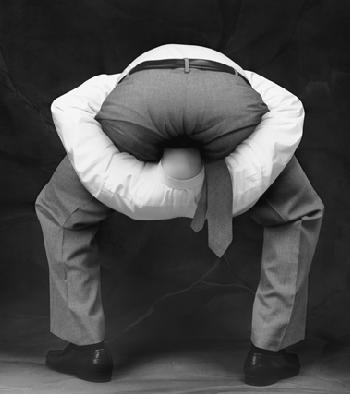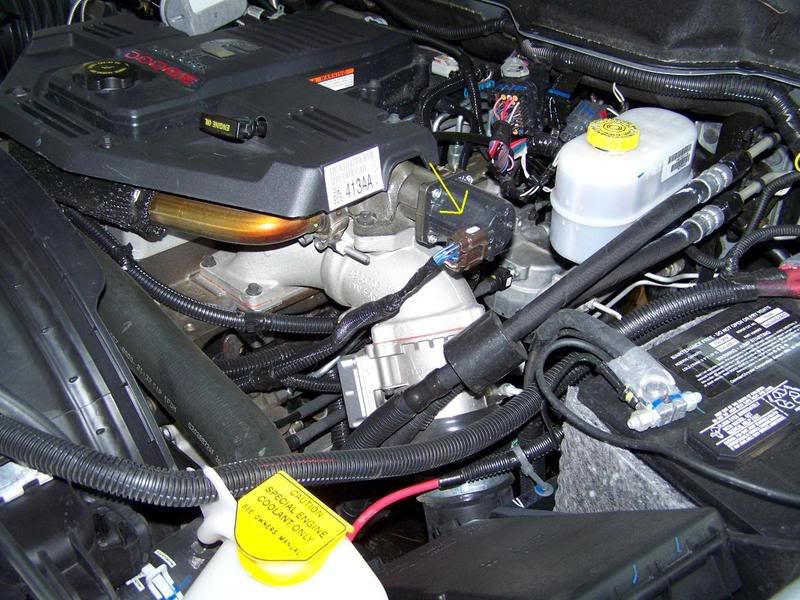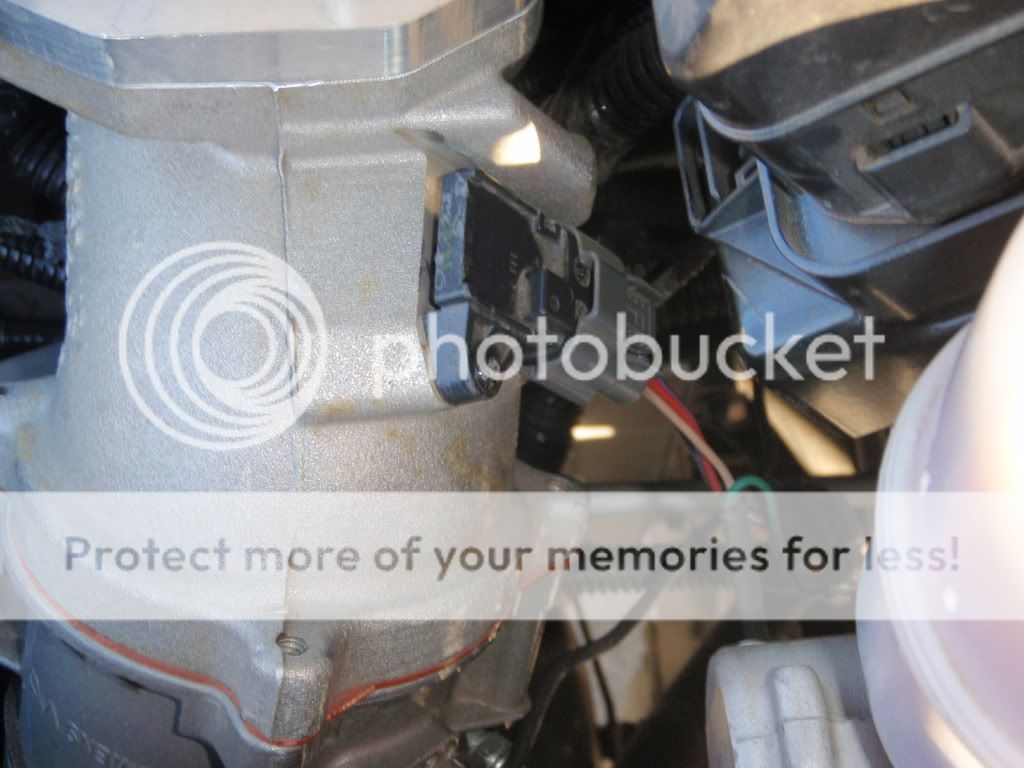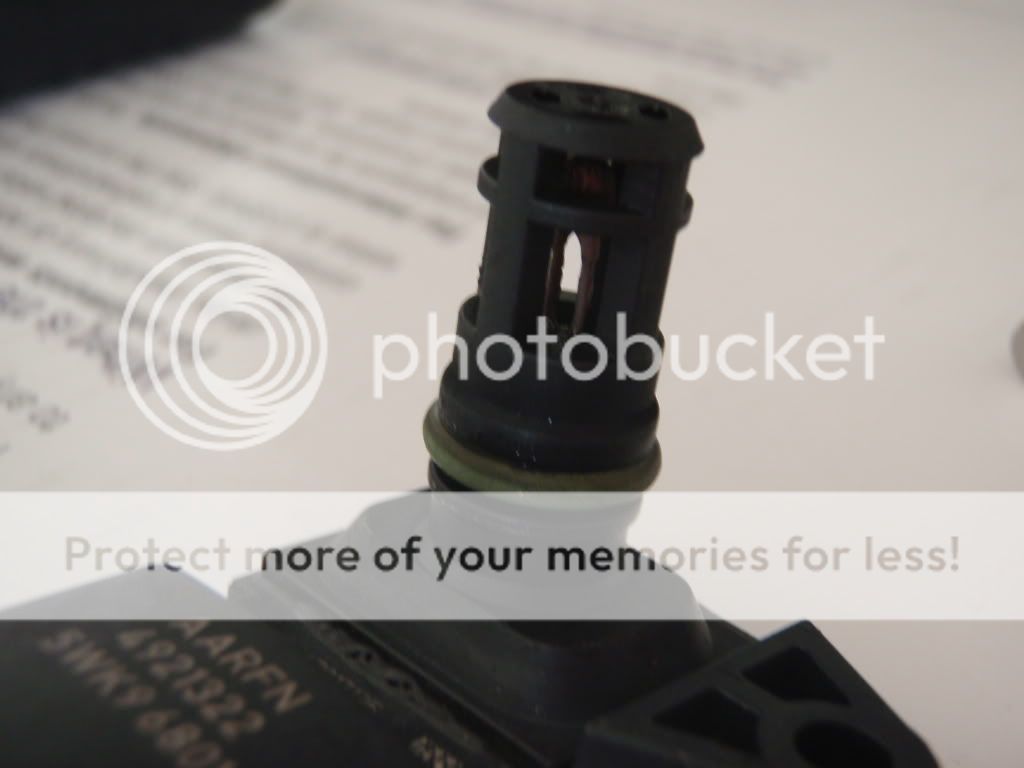As found on Cumminsforum.com
http://www.cumminsforum.com/forum/6-7l-tech-articles/278980-6-7l-ccv-filter-install-how.html
--------------
Tools Needed:
5/16 Deep socket
Channel Locks or some good pliers
Closed Crankcase Ventilation Filter (CCV) p/n CV5200100
This is what it looks like when removed from the package.

Here is a close up of the part number. Note that this is factory spec with the Cummins stamp on it even though its not from the dealer...

Ok moving on once the hood is opened you will need your 5/16 and remove the 4 bolts that hold on the EGR cover...
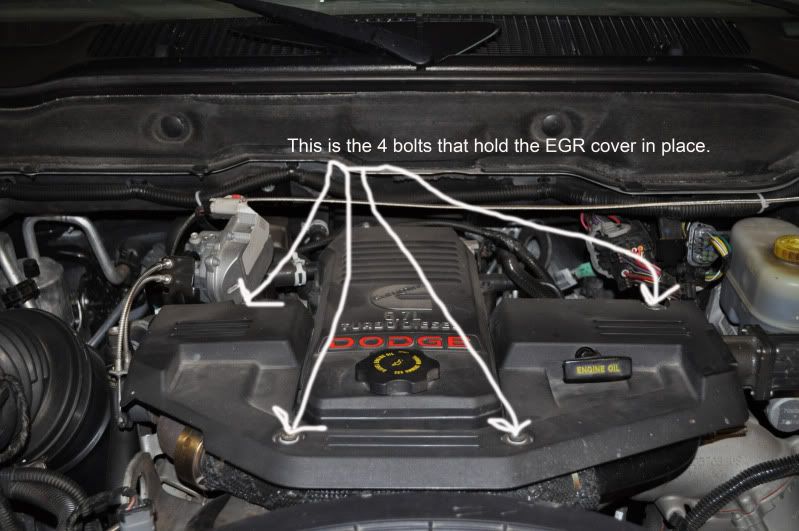
Once that is off it will look something like this... Then with your 5/16 start by removing the 7 bolts and 1 stud that hold down the CCV filter cover.

NOTE:Their is one stud which is located on the rear passenger side on top of that stud is a wire loom holder. Make sure that when reasembling it goes back on the same way. Here is the stud...

Now that you have all the bolts and stud out you can pull off the cover and use your channel locks to remove the PCV hose as seen here...

Then with the cover off it should look like this...

Then all you have to do is pull up on the filter which comes out with little effort. Lube up the seals on the new filter and install it. After its in make sure it is fully seated. Then it goes back together in reverse order.
http://www.cumminsforum.com/forum/6-7l-tech-articles/278980-6-7l-ccv-filter-install-how.html
--------------
Tools Needed:
5/16 Deep socket
Channel Locks or some good pliers
Closed Crankcase Ventilation Filter (CCV) p/n CV5200100
This is what it looks like when removed from the package.

Here is a close up of the part number. Note that this is factory spec with the Cummins stamp on it even though its not from the dealer...

Ok moving on once the hood is opened you will need your 5/16 and remove the 4 bolts that hold on the EGR cover...

Once that is off it will look something like this... Then with your 5/16 start by removing the 7 bolts and 1 stud that hold down the CCV filter cover.

NOTE:Their is one stud which is located on the rear passenger side on top of that stud is a wire loom holder. Make sure that when reasembling it goes back on the same way. Here is the stud...

Now that you have all the bolts and stud out you can pull off the cover and use your channel locks to remove the PCV hose as seen here...

Then with the cover off it should look like this...

Then all you have to do is pull up on the filter which comes out with little effort. Lube up the seals on the new filter and install it. After its in make sure it is fully seated. Then it goes back together in reverse order.

